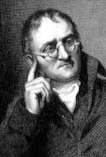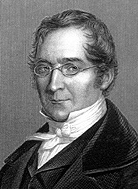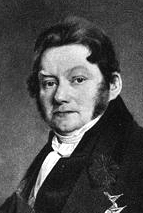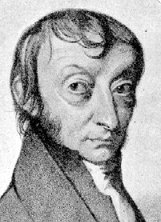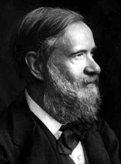 | Teaching Science through History II | ||||||||
Determining Atomic Weights:
by Lindsey Novak Amodeo Avogadro is memorialized in the number that now bears his name. That constant reflected in part Avogadro's hypothesis about the number of particles in equivalent volumes of gas. In the early 1800s chemists were determining atomic weights, but found some gases — oxygen, nitrogen, hydrogen — problematic. Avogadro's hypothesis resolved those problems by postulating that two atoms paired. But that concept conflicted with other theories, and chemists deferred to the views of the revered Jacob Berzelius. Nor did Avogadro's erroneous proposals about heat contribute to his credibility. Almost a half-century later, his ideas were revived by Stanislao Cannizzaro, in a different theoretical environment, who connected his proposal to interpreting other phenomena. Avogrado's hypothesis was finally accepted, with the startling conclusion that atoms and molecules are different, and that some gases as diatomic. Major NOS themes include:
Open PDF document. Note: The lab from "blackbored.com" is not recommended. Images (all public domain, from wikipedia,)
| |||||||||
